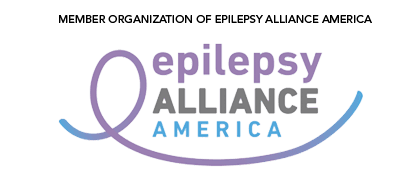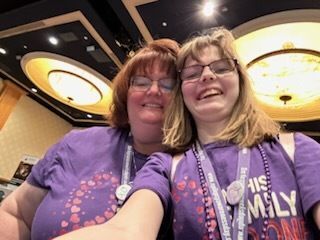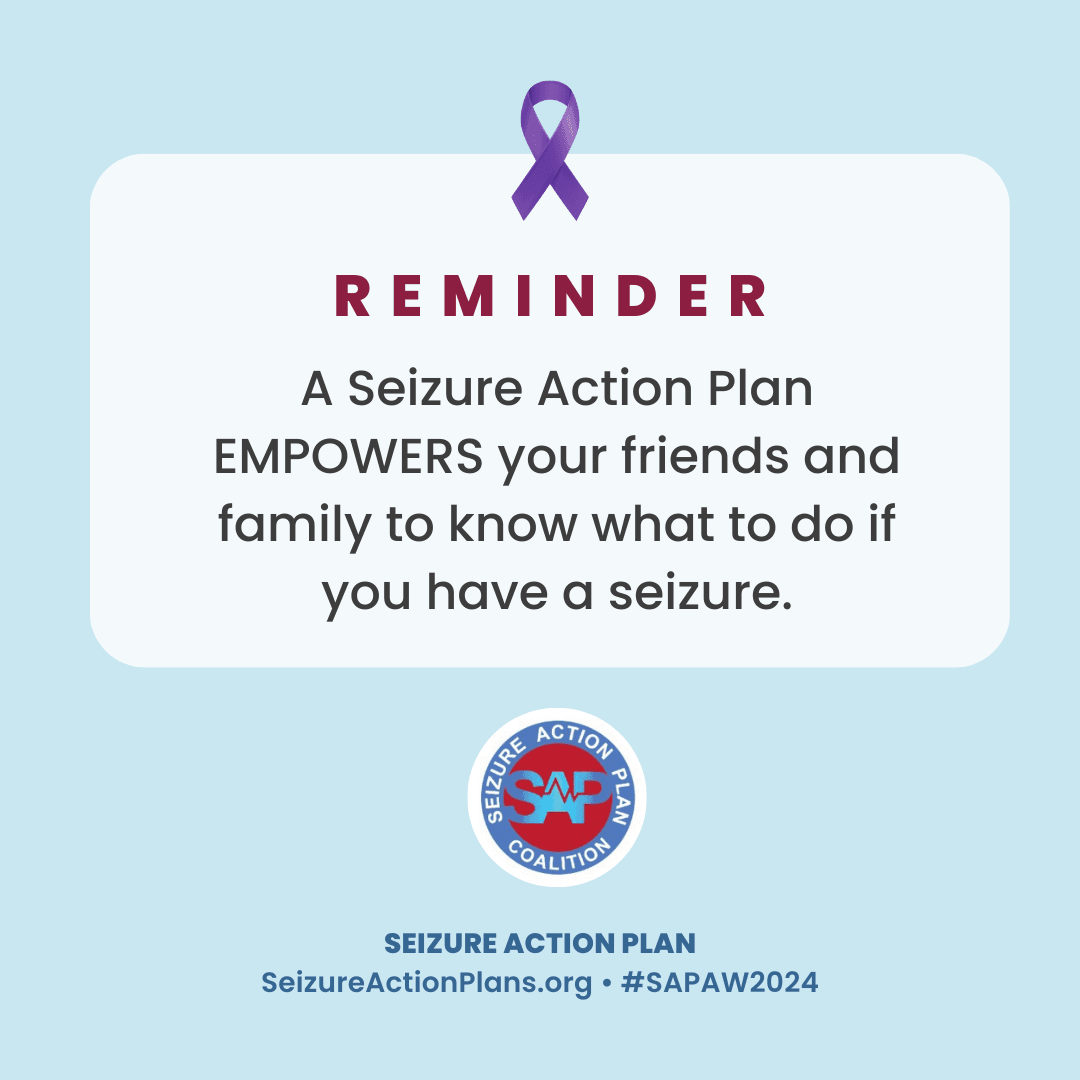If you have a school-aged student with epilepsy, their Seizure Action Plan should be updated yearly or any time there’s been a change in their care plan and these updates should be reviewed with school staff. Seizure Action Plans give peace of mind to parents, students, and teachers! We have tools and resources for your child’s school at SeizureActionPlans.org.
- A Seizure Action Plan - or SAP - incorporates tailored guidelines on how to respond during a seizure. It includes key information that can help people react quickly and reduce the harm a seizure can do.
- About one-third of people with epilepsy will eventually develop refractory epilepsy or drug-resistant epilepsy. This makes a seizure action plan an important management tool.
- In a recent study, only 30% of adult patients responded that they have a seizure action plan and only 45% of pediatric patients had a seizure action plan.
- The use of a seizure action plan can offer more control to patients and caregivers by providing consistent, patient-specific guidance regarding seizure management.
- A seizure action plan can provide clarification on patient and caregiver concerns, such as understanding what to do during a seizure, when watchful waiting is appropriate, when to intervene with at-home rescue medications, when to call 911 or go to the hospital, and much more.
- All adults and children with epilepsy need a seizure action plan. People with a new epilepsy diagnosis and those with ongoing frequent seizures should work with their healthcare provider to create a seizure action plan.
- Seizure-free patients who have risk factors for breakthrough seizures may also benefit from a seizure action plan. It is especially important for those who need help to identify an individual seizure pattern, lives far from medical facilities, and/or have intractable epilepsy syndromes (ie, Lennox-Gastaut, Dravet), who are at high risk for seizure clusters, status epilepticus, or have frequent nocturnal generalized tonic-clonic seizures, to have a seizure action plan.
- Discuss with your healthcare provider if you need a seizure action plan. Visit www.SeizureActionPlans.org for more information about seizure action plans and resources available to you.
- The development of a Seizure Action Plan should involve and be shared with the patient, caregiver, and healthcare providers to create a customized plan tailored to the patient. Promoting understanding and defining the use of rescue medications within a seizure action plan may reduce potentially unnecessary emergency healthcare needs, resulting in decreased direct and indirect costs.
- If the patient has a rescue medication, when and how to administer the rescue medication should be clearly explained in the Seizure Action Plan. A seizure action plan can be helpful in guiding home management of seizures, which may reduce visits to the emergency department.
- Why a Seizure Action Plan is important video: https://www.youtube.com/watch?v=1azFuq_yZpE









